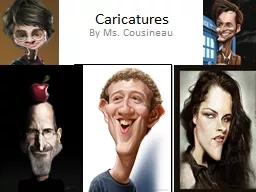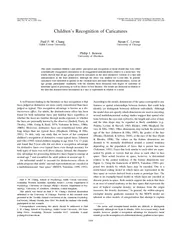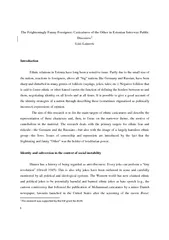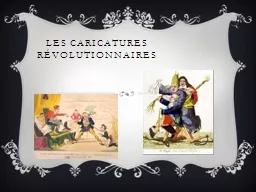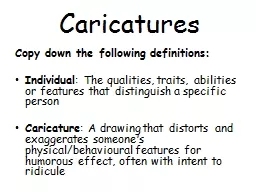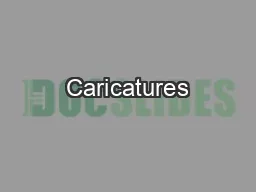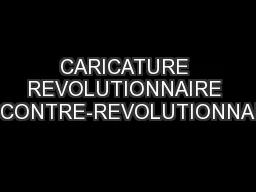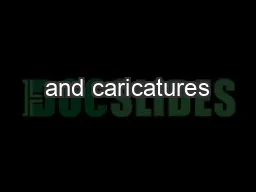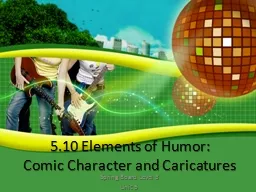PPT-Caricatures By Ms. Cousineau
Author : calandra-battersby | Published Date : 2018-09-26
Definition Caricature A drawing of a real person in which certain striking characteristics are exaggerated in order to create a comic or grotesque effect
Presentation Embed Code
Download Presentation
Download Presentation The PPT/PDF document "Caricatures By Ms. Cousineau" is the property of its rightful owner. Permission is granted to download and print the materials on this website for personal, non-commercial use only, and to display it on your personal computer provided you do not modify the materials and that you retain all copyright notices contained in the materials. By downloading content from our website, you accept the terms of this agreement.
Caricatures By Ms. Cousineau: Transcript
Download Rules Of Document
"Caricatures By Ms. Cousineau"The content belongs to its owner. You may download and print it for personal use, without modification, and keep all copyright notices. By downloading, you agree to these terms.
Related Documents

